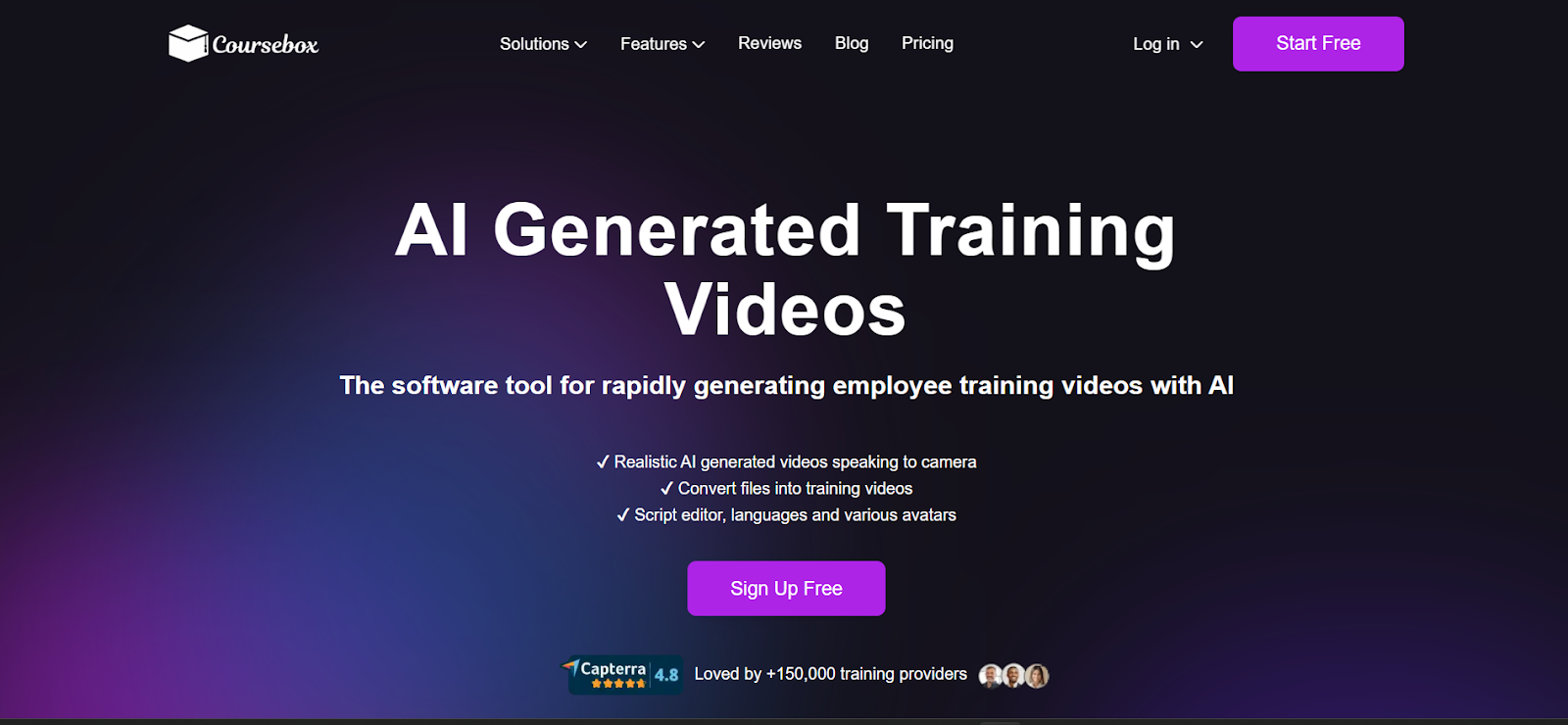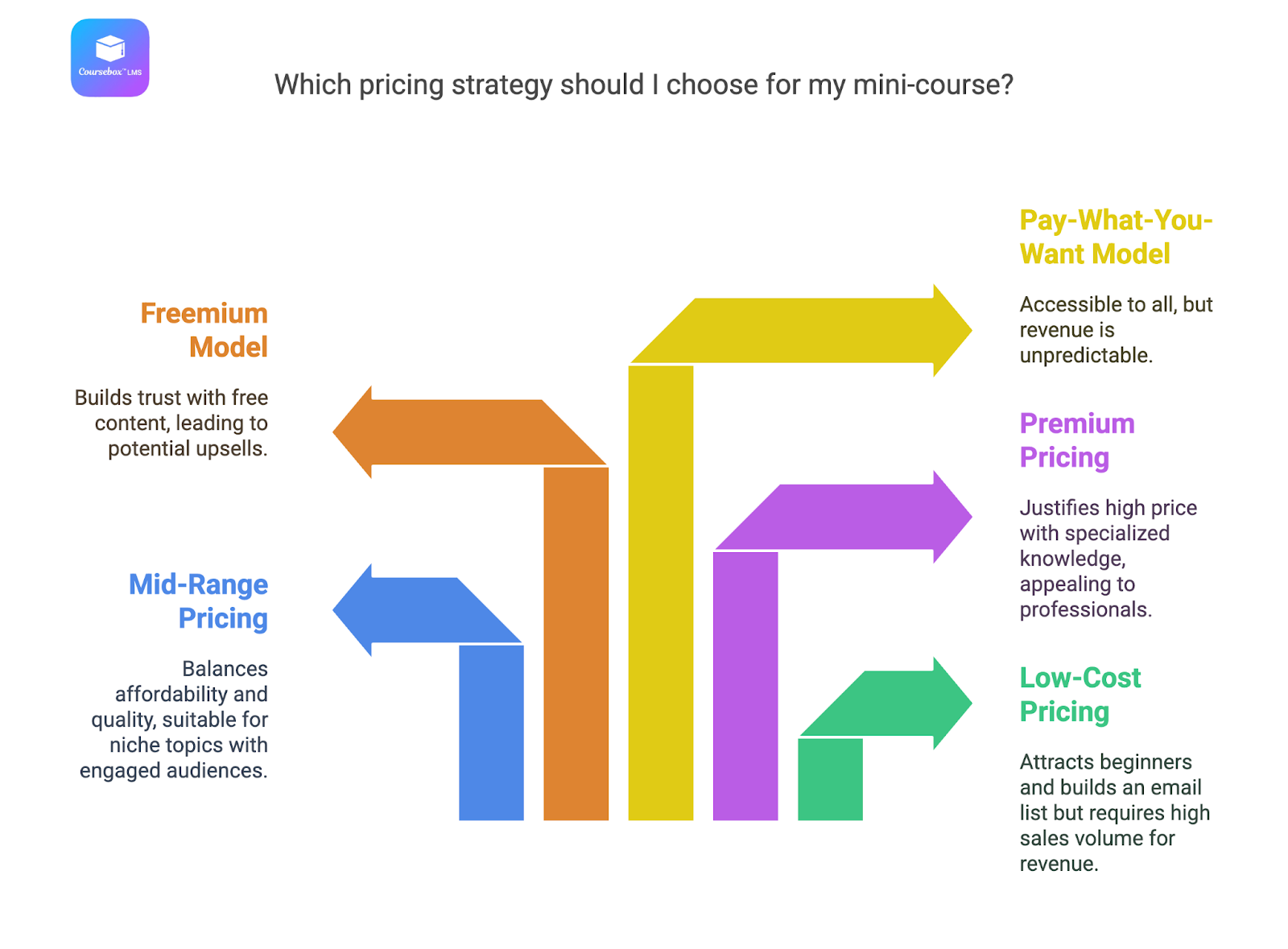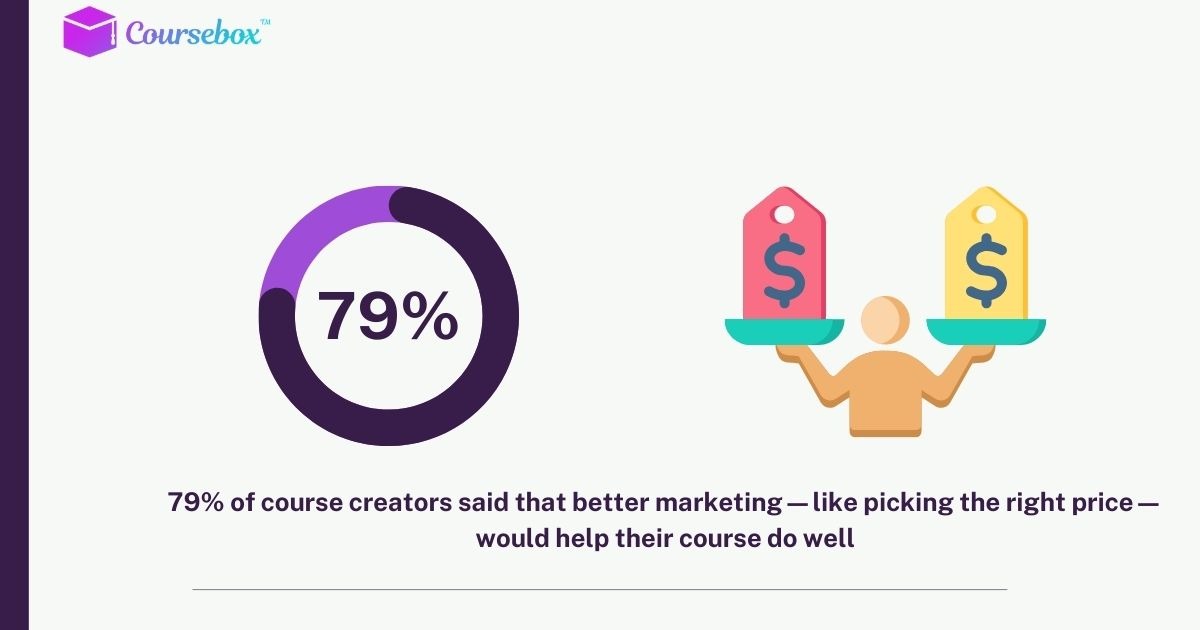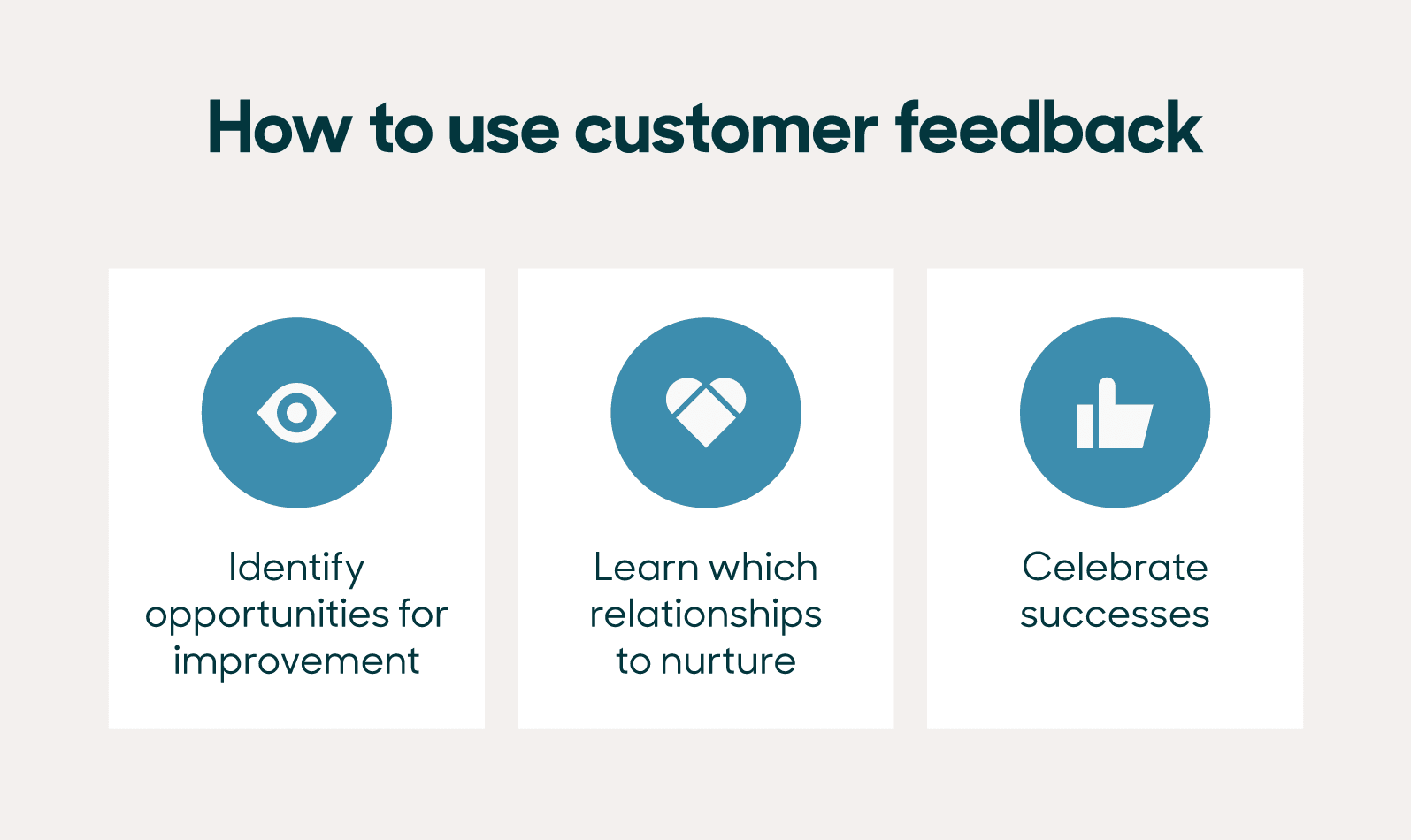How to Create a Mini Course: Step-by-Step Guide for Beginners
Learn how to create a mini course that attracts students fast. Follow a clear plan to design, record, and launch a short, high-impact course.
Learn how to create a mini course that attracts students fast. Follow a clear plan to design, record, and launch a short, high-impact course.

Creating and selling a full online course often sounds simple at first. You imagine a few short lessons, maybe a couple of videos, and before you know it, you’re teaching the world what you know. But somewhere between recording your thirteenth video and tweaking your slides for the tenth time, that “quick little project” starts to feel never-ending.
That’s where a mini course steps in. It’s perfect for testing ideas, building trust with learners, and setting the stage for bigger offers later. Whether you’re a coach, creator, or new solopreneur validating your idea, this guide shows you how to create a mini course fast and easily.

Think of a mini course as a compact, laser-focused learning experience that teaches one clear skill or concept. Instead of stretching over several hours, it usually fits neatly into 60–90 minutes of study time. It gives learners a quick win while helping creators share knowledge faster and test ideas without huge effort or expense.
Unlike a full-scale course, a mini course isn’t just a smaller version of something bigger. It needs a personal strategy and promise. The key is to deliver a small, complete result that learners can achieve in one sitting. Maybe it’s mastering a quick tech skill, improving presentation confidence, or creating the first version of a digital product.
Many creators launch mini courses for free or at a low price (often under $100) to build trust, attract new learners, and introduce them to larger offers later. For entrepreneurs, coaches, and educators, this smaller product often becomes a bridge between free content and premium online courses.
Here’s a breakdown of the positive sides of mini courses:
Because content is concise, you can plan, record, and publish in days instead of months. That speed gives you early wins and momentum without the burnout that can come with big projects. You can actually start helping people and earning passive income within a couple of weeks, sometimes even sooner.
Before pouring time and money into a major course, a mini version helps you gauge interest and demand. If learners respond well, you’ll know the topic has traction. If not, you can adjust quickly with minimal loss. That kind of feedback is gold for refining bigger offers later.

Learners love simplicity. Mini courses break down complex subjects into quick, digestible lessons or learning pills that fit into busy schedules. Instead of committing to dozens of modules, students get focused training that leads straight to results.
Mini courses work beautifully as lead magnets. They’re more engaging than eBooks or PDFs and can capture contact details while demonstrating your teaching style and expertise. Learners who enjoy the experience often move naturally toward your next-level offer.

Offering a short, high-value learning experience positions you as a trusted expert. It gives people a taste of your quality and style before they commit to something bigger. This “show and sell” approach strengthens your relationship with your audience while driving long-term growth.
Mini courses fit perfectly into professional development or workplace training. They help individuals pick up fresh skills, adapt to changes, or update existing knowledge quickly. Companies also use them for targeted learning, like mastering new software or meeting new compliance standards, without disrupting day-to-day operations.
Alright, now that you’ve got the big picture, let’s roll up our sleeves and build your mini course, step by step.

Start with something tiny but mighty. A strong mini course focuses on helping learners achieve one quick, tangible win, not mastering a whole field. Think of it as promising a small, clear transformation your students can experience in just an hour or two.
Instead of broad ideas like “Learn Marketing” or “Start a YouTube Channel,” zoom in on something specific and outcome-focused:
This laser focus makes it easier to teach, easier to finish, and far easier to sell.
Pro Tip: Ask yourself three quick questions before locking it in:
If the answer’s yes to all three, you’ve found your sweet spot.
Before recording a single video or designing a logo, check if people actually want what you’re planning to teach. Validation saves huge amounts of time and helps you spot early demand or lack of it before putting in real work.
Share your idea on social media, send a short survey to your audience, or post a simple “interest check” asking if they’d like to learn [your topic]. Watch how people respond. Do they ask follow-up questions? Do they comment, like, or share? Those are green lights.
If you already have a list of emails, run a quick poll to see which version of your topic they’re most excited about. If not, create a quick waitlist or interest page and share it in communities where your target learners hang out.
This is another easy way to test your idea. If people show up and stay engaged, you’ve got proof you’re onto something worth turning into a mini course. The goal here isn’t to get hundreds of signups. It’s to gather signals that your topic solves a real, immediate problem. Once you have that confirmation, it’s time to start shaping the experience.
Now that you know your topic has legs, it’s time to map out the journey your students will take. How will your mini course help your students exactly? Start by defining the transformation in one clear sentence. For example:
This single statement becomes your North Star. Every lesson, video, and worksheet should move learners one step closer to that outcome.

Next, break the transformation into 3–5 bite-sized milestones, each representing a key concept or action. Think of these as mini wins that build momentum. For example, if you’re teaching “How to Start a Freelance Writing Business,” your outline might look like this:
Next, sketch out the format of each lesson. Will it be a short video? A checklist? A quick demo? Mini courses thrive on simplicity, so keep each piece focused on one action or insight.
Finally, make sure your outline flows naturally. Each step should build on the last. Your students should feel a sense of progress and clarity as they move forward. That smooth, purposeful journey is what turns a simple set of lessons into a powerful learning experience.

Here’s where your mini course starts taking shape. The magic lies in keeping things lean, engaging, and crystal clear. Your goal isn’t to impress with length. It’s to deliver value fast.
Think of each lesson as a quick, satisfying win. If your student needs to pause and rewatch more than once, it’s probably too long. Aim for videos under 10 minutes, and mix them with short written notes, checklists, or templates. The variety keeps learners interested without overwhelming them.
When writing your content, picture your student following along on a busy day, maybe on a lunch break or between tasks. That mindset helps you trim fluff and focus on what really matters. Every minute should either teach something, show something, or move the learner to take action.
If you need help structuring lessons or writing scripts that sound natural, no-code course creators can help streamline the creative side. You can use it to outline modules, auto-generate video scripts, and even design a logical lesson flow that feels effortless to follow.

A few more quick tips to make your content shine:
You don’t need a film studio, fancy graphics, or weeks of editing. You just need a clear structure and a clean place to host it.
Expert Tip: Consider using AI-generated videos. They can save you both time and effort.

Next, upload and arrange your materials in your personalized LMS platform. Before publishing, preview your course from a student’s perspective. Does the content flow make sense? Do buttons and videos load easily? Small tweaks at this stage can make a big difference in your learners’ experience.
Once you’re happy with the setup, hit publish.
Your pricing strategy can make or break your mini course. Go too high and you’ll scare off curious learners. Go too low and you risk undervaluing your work. The sweet spot is where your course feels effortless to join and offers strong value.
The key is to think like your student. What outcome will they achieve, and how fast? If they see results fast, a low price makes it a no-brainer.

NOTE: Consider how your mini course fits into the bigger picture of your brand. Maybe it’s the first step in a larger learning journey, a taste of what’s to come. In that case, your pricing should invite participation, not hesitation.
A few bonus strategies to help you nail it:
Remember, a mini course isn’t about squeezing out every dollar. It’s about building trust and momentum with learners who might become long-term fans or customers.
Now it’s time to market your course properly. A strong sales page does more than list features. It shows learners what life looks like after they’ve taken your course.
Instead of “Learn Video Editing Basics,” go for something like “Edit Pro-Level Videos in Under an Hour.” That instantly paints a picture of transformation. Follow with a short paragraph explaining who this course is for and what problem it solves. Keep the focus on the outcome, not the process.
Even a few testimonials, a quote from your experience, or a simple “as seen in” mention can build trust fast. If this is your first course, student feedback from a beta group or free preview can work just as well.
Use short sentences, a friendly tone, and visible calls to action. Your sales page should feel like a helpful guide leading readers toward a confident decision, not a pushy pitch.
Once your page is ready, shift to promotion.

Start small but consistent:
The key isn’t shouting louder. It’s connecting authentically. You’re offering a shortcut to a skill or solution someone genuinely needs, and your marketing should reflect that calm confidence.
Remember: marketing doesn’t end after launch day. Keep sharing student wins, lessons learned, and sneak peeks of what’s next. Each mention keeps your mini course visible and relevant, especially to new eyes discovering you for the first time.
Launching your course doesn’t have to mean a massive campaign or sleepless nights refreshing your dashboard. Think of it as opening the doors and inviting people in for the first time.
Announce your course to your existing audience, friends, or peers who’ve shown interest in your topic. Offer early access or a special bonus for your first few students. This not only rewards early adopters but also gives you the chance to collect valuable feedback before scaling up.
Encourage your learners to share honest thoughts about their experience. Determine what worked well, what felt confusing, and what could improve. You can send a short survey after completion or ask for casual feedback in your community or via email. Real student insights can help refine your next version.

After gathering feedback, make quick, meaningful updates. Adjust lesson flow, clarify tricky points, or add extra examples where students struggled. These small tweaks can turn a good course into a standout one.
You’ve gone from idea to impact, which is something many creators never finish. Whether one person or one hundred enroll, you’ve built something real that helps others learn faster. That’s a milestone worth pausing for.

Your first mini course doesn’t need to be perfect. It just needs to exist. Each one you launch becomes proof of concept, a learning experience, and a confidence boost. With every course, you refine your teaching, understand your audience, and build momentum.
Big results start from small beginnings. A mini course helps you share knowledge, test ideas, and grow without heavy work or high costs.
Coursebox AI makes it effortless. Plan, create, and launch in days using AI-powered tools that handle the hard parts for you. Start free today and see how simple building your first course can be.
Some mini course generators offer free plans or trials, giving you a chance to build and test before paying. Coursebox AI includes a free plan that lets you design, launch, and share a full mini course without cost, perfect for creators starting on a budget.
Most mini courses work best with three to five short modules. Each one should cover one clear step or concept that moves students closer to a final result. Keeping things focused helps learners finish fast and feel confident right away.
Start with a single skill or outcome you want students to master. Break it into small lessons, add quick action steps, and use short videos or worksheets to guide learning. Tools like Coursebox AI make this process smooth by helping you organize lessons, upload content, and publish in days instead of weeks.
You can create a mini course for free using Coursebox AI’s free plan. Simply sign up, choose a topic, use built-in AI tools to generate scripts or outlines, upload your videos or materials, and publish instantly, no coding, design, or tech experience needed.
Yes. AI can speed up the course creation process by generating outlines, lesson ideas, quizzes, and even video scripts. Coursebox AI combines these features with intuitive design tools so you can go from concept to finished course faster than ever.
Get started for free today.
